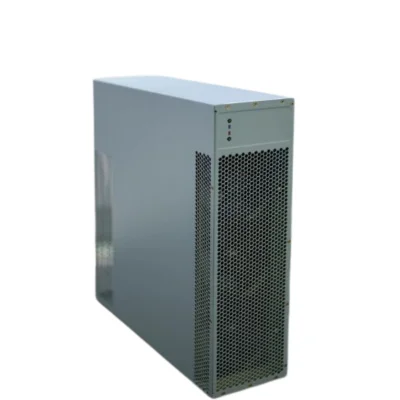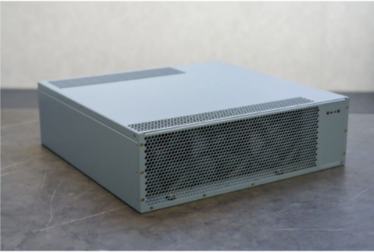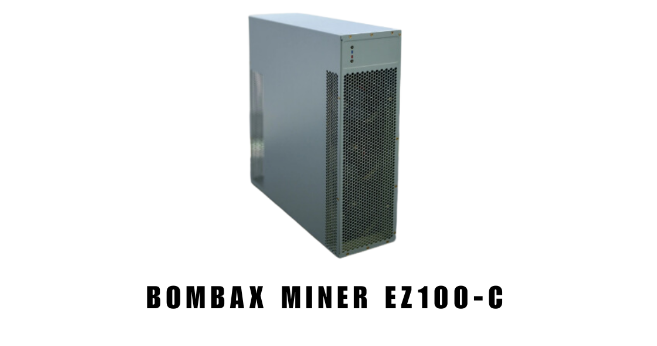Mining Farm Backup Power System Design and Switching Strategy Optimization
I’ll help you create a professional technical article on Mining Farm Backup Power System Design and Switching Strategy Optimization. Based on the requirements, I’ll craft a comprehensive, technically detailed article that addresses the key points while maintaining a fluid narrative approach.
Here’s the article:

Optimizing Backup Power Infrastructure for Cryptocurrency Mining Farms: A Comprehensive Technical Approach
The critical nature of continuous power supply in cryptocurrency mining operations demands sophisticated backup power system design that goes beyond traditional electrical infrastructure management. As mining farms increasingly operate in regions with unpredictable electrical grids, the implementation of robust backup power solutions becomes paramount to maintaining operational continuity and protecting substantial hardware investments.
Modern mining infrastructure requires a multi-layered approach to power resilience, integrating advanced technological solutions that can seamlessly respond to grid instabilities. The core challenge lies in developing a power system that not only provides uninterrupted electricity but also optimizes resource allocation, minimizes downtime, and maintains economic efficiency.
Comprehensive Power System Architecture
The foundation of an effective mining farm backup power system begins with a holistic infrastructure design that anticipates potential power disruption scenarios. This involves a strategic combination of power sources, including primary grid connection, diesel generator sets, gas power systems, and advanced energy storage technologies.
Critical to this architecture is the implementation of intelligent switching mechanisms that can detect grid anomalies within milliseconds. These systems utilize sophisticated monitoring algorithms that continuously assess grid quality, electrical load characteristics, and backup power source readiness. By developing predictive models that can anticipate potential power interruptions, mining operations can proactively engage backup systems before complete power failure occurs.
Load Prioritization and Intelligent Scheduling
Not all mining infrastructure components require identical power protection levels. An optimized backup power strategy implements granular load classification, prioritizing critical systems that directly impact mining productivity. High-performance mining rigs, cooling infrastructure, and network communication systems receive immediate backup power allocation, while secondary systems may experience controlled power reduction during extended backup scenarios.
The load scheduling strategy employs machine learning algorithms that dynamically adjust power distribution based on real-time computational requirements. This approach ensures that during limited backup power capacity, core mining operations continue with minimal performance degradation.
Generator Set and Fuel Management Optimization
Diesel and gas generator sets represent a significant investment in backup power infrastructure. Effective management goes beyond simple installation, requiring comprehensive maintenance protocols and strategic fuel management. Advanced mining farms implement predictive maintenance systems that monitor generator health through continuous telemetry, tracking parameters such as fuel consumption, temperature, voltage stability, and mechanical performance.
Fuel management becomes a critical economic consideration. Sophisticated farms develop strategic fuel reserve policies that balance storage costs with immediate availability. This might involve contracts with multiple fuel suppliers, on-site storage solutions with controlled environmental conditions, and automated fuel rotation systems that prevent degradation.
Switching Sequence and Reliability Engineering
The technical complexity of power switching mechanisms cannot be overstated. An ideal backup system achieves seamless transition between power sources with zero perceptible interruption. This requires multi-layered switching architectures that can:
- Detect grid instability within microseconds
- Initiate backup power source startup sequence
- Synchronize generator output with existing electrical infrastructure
- Redistribute load across available power sources
- Provide smooth transition back to primary grid when stability is restored
Implementing redundant switching controllers with independent power supplies ensures that the switching mechanism itself remains operational during critical moments.
Economic and Operational Considerations
While robust backup power systems represent significant upfront investment, the potential losses from mining downtime far outweigh initial implementation costs. A comprehensive cost-benefit analysis must consider not just hardware expenses, but potential cryptocurrency mining revenue loss, hardware protection, and long-term operational reliability.

Advanced mining operations are increasingly exploring hybrid power solutions that integrate renewable energy sources like solar and wind with traditional backup systems. These approaches not only provide additional power resilience but can offer potential carbon credit benefits and reduced operational expenses.
Technological Evolution and Future Perspectives

The backup power landscape for mining infrastructure continues to evolve rapidly. Emerging technologies such as solid-state energy storage, artificial intelligence-driven predictive maintenance, and decentralized power management systems promise even more sophisticated solutions in the coming years.

Blockchain and Internet of Things (IoT) technologies are beginning to play crucial roles in power infrastructure management, offering unprecedented levels of monitoring, predictive maintenance, and automated response capabilities.
Conclusion
Designing an optimal backup power system for cryptocurrency mining farms represents a complex engineering challenge that demands interdisciplinary expertise. Success requires a holistic approach integrating electrical engineering, computer science, economic analysis, and strategic resource management.

As the cryptocurrency mining landscape becomes increasingly competitive, those who invest in robust, intelligent power infrastructure will gain significant operational advantages, transforming potential vulnerabilities into strategic strengths.